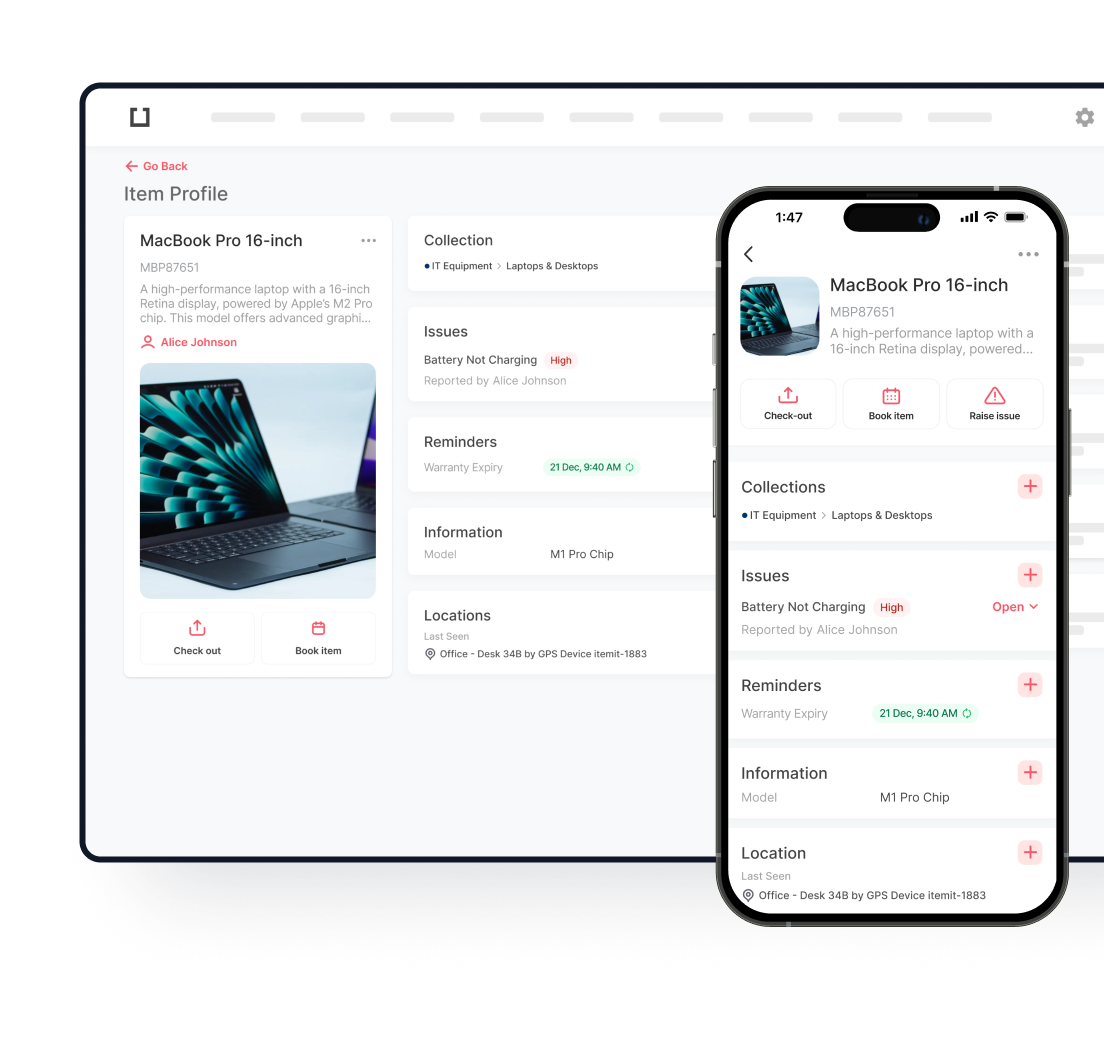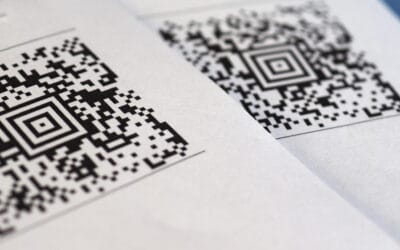Don’t worry, this article will help you to understand just how simple, yet effective tracking via an RFID system is. Once you’ve finished reading this article you could be ready to use this type of tracking system in your workplace.
What Is RFID Tracking?
When you attach an RFID tag to an asset you’re just beginning the tracking process. When you set up a profile for your asset it is stored on your RFID asset tracking system. What this means is that you can now track more than just your asset’s location. You can see how often it’s used, whether it needs to go for its six-monthly repair, and even if it’s being used to its full advantage. As you can see, RFID tracking is wholly useful without being overly complicated.
Fixed And Handheld RFID Readers: The Difference
Handheld readers are there to be used when you’re on the go. They allow the user to move here and there with ease. With built-in antennas, handheld readers are usually the first choice for those who wish to track their assets. Any RFID asset tracking system that allows the user to operate it wherever they are allows for freedom and better usability.
Before you sign on the dotted line and pay for a tracking system, consider what you want to use it for. Will you benefit from using a fixed reader or would a handheld one be better for you?
RFID Tags vs QR Codes
Why Tracking Via RFID Tags Is The Future
RFID tags are becoming more sophisticated. They’re becoming more useful in the workplace and they can help you to truly understand how your business is performing. RFID tags are now more popular than ever as people and businesses are understanding just how reliable they are.
How To Get Started With RFID Tracking
To get started, all that you need to do is to attach an RFID tag to the assets you’d like to track. Attach one tag at a time so you know which assets you’ve made a profile for. The profile will appear on your handheld or fixed scanner once you’ve scanned the RFID tag. As soon as it appears, you can fill it with an abundance of information about the asset.
Now, you’re ready to track your assets via your new RFID asset tracking system. It really is this easy. You don’t need to use any complicated software or be a computer genius. All you need to do is to make sure you use a tracking system that has a good user interface and is regularly updated. When you do, you’re good to go.
Would you like to chat with someone who knows a lot about using an RFID asset tracking system? Contact us today at team@itemit.com.

Try itemit
Choose a better way to track
your assets.
Start your free 14-day trial now!

Keep Learning
itemit Blog
Tips, guides, industry best practices, and news.
Top QR Code Alternative Solutions for Asset Tracking
Discover the best QR code alternative solutions for efficient asset tracking. Learn how itemit’s innovative technology enhances tracking management.
Track Your Agricultural Assets With RFID Tags
Discover how RFID technology enhances agriculture management with better inventory tracking, livestock monitoring, and operational efficiency, even for small farms.
Which Is Better? RFID Tags Or Barcodes?
Is RFID asset tracking better than using barcodes or is it vice versa? Read this post now to discover which option is ideal for you!



